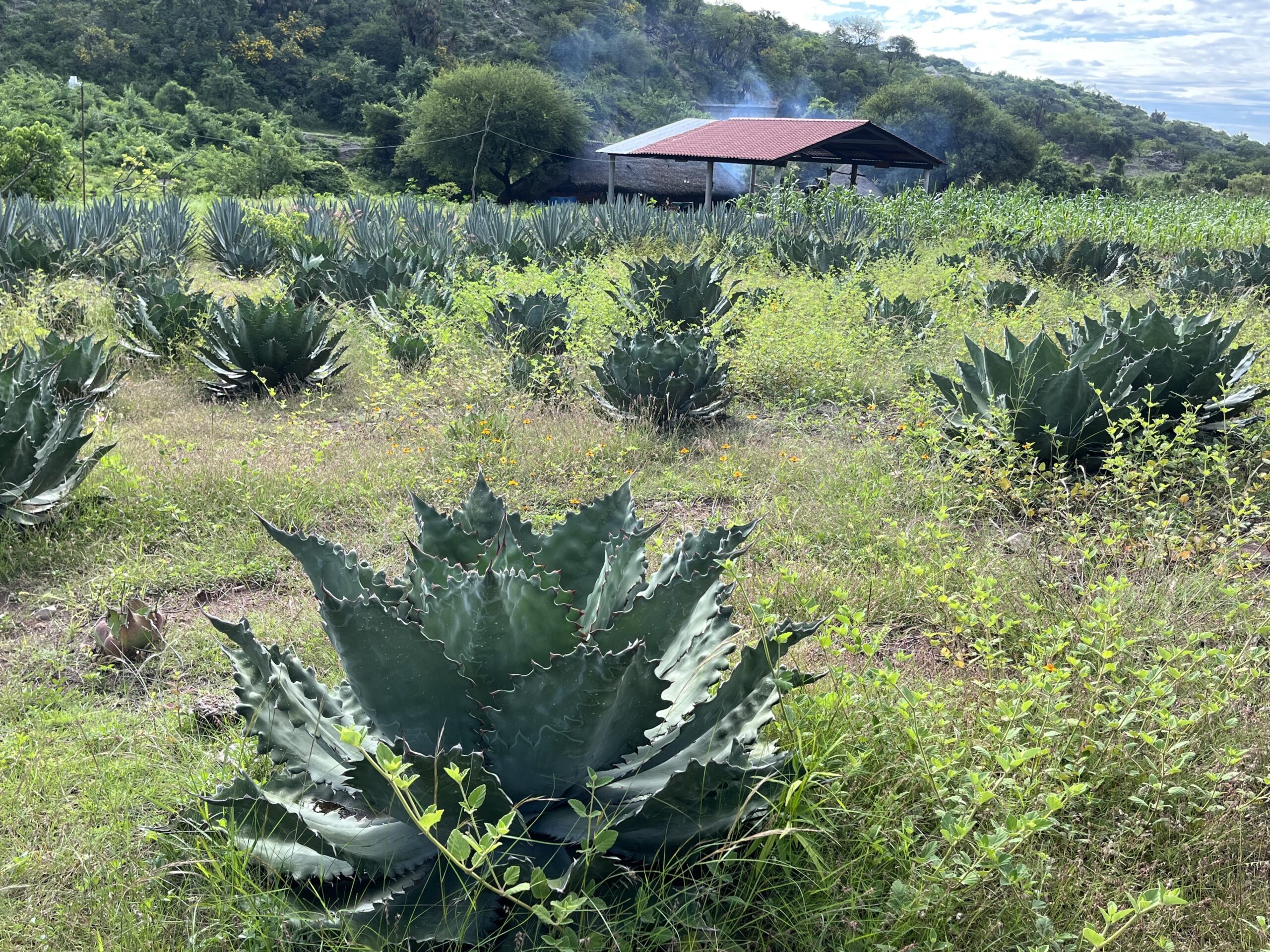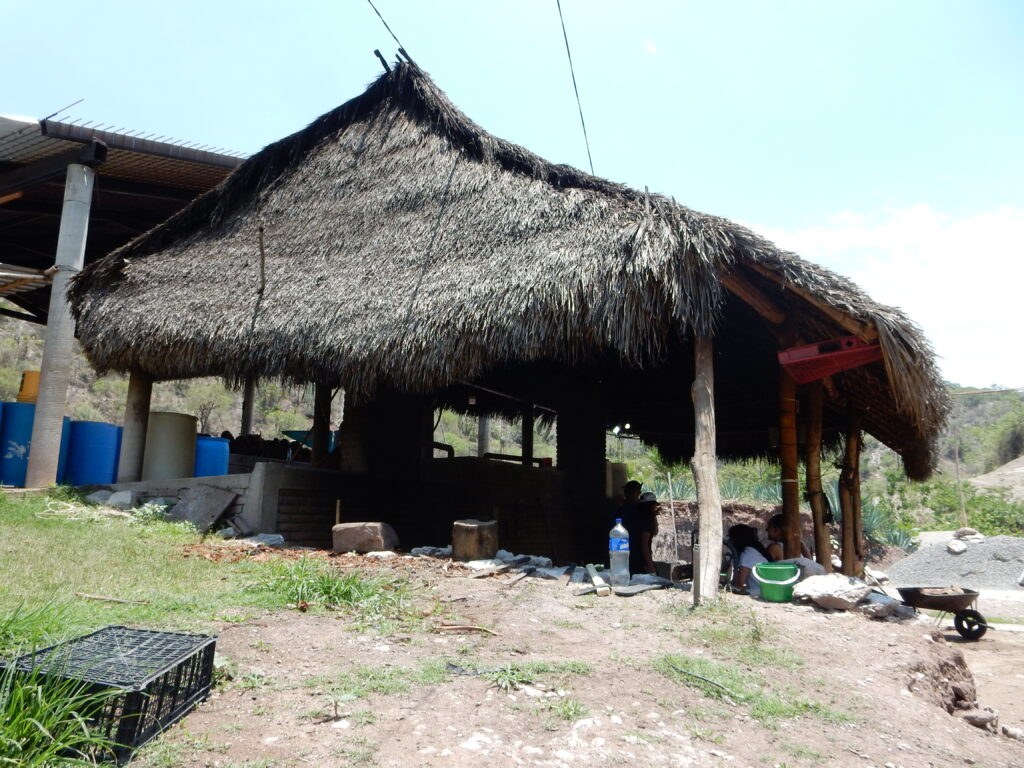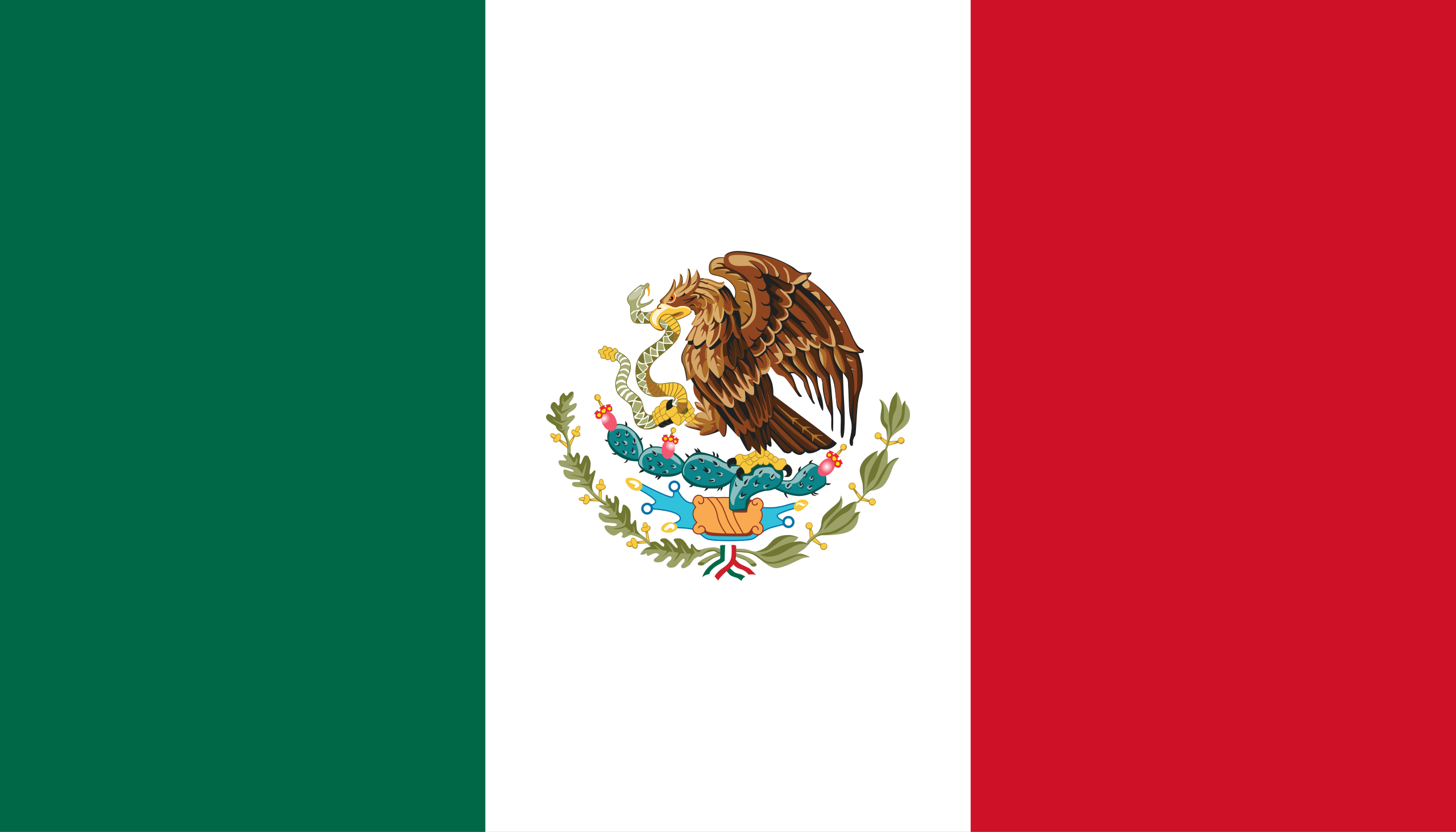Regions
San Miguel Atlapulco
Next to the hot water...
The history of San Miguel Atlapulco dates back to pre-Hispanic times. The name “Atlapulco” comes from the Nahuatl word “Atlapulco,” which means “next to the hot water” or “place of hot springs.” This name refers to the presence of thermal springs and underground waters in the area.
During the pre-Columbian era, the region now known as San Miguel Atlapulco was inhabited by various indigenous groups, including the Nahuas and the Xochimilcas. These peoples used the hot springs for medicinal and ritual baths, considering them sacred and beneficial for health.
With the arrival of the Spanish conquerors in the 16th century, the area became part of the Viceroyalty of New Spain. The Spanish introduced new forms of social organization, the Catholic religion, and colonial architecture, which can still be seen in some of the area’s old buildings.


Over time, the community of San Miguel Atlapulco developed into a small rural settlement, with agricultural activities such as the cultivation of corn, beans, and other vegetables. Agriculture continues to be an important part of the community’s life today.
San Miguel Atlapulco has stood out for its tradition in mezcal production, a beverage that has been fundamental to the cultural identity of the region. Throughout the centuries, the community has kept its traditions and customs alive, making it a place of cultural and touristic interest for those who wish to explore the history and cultural richness of Mexico.



